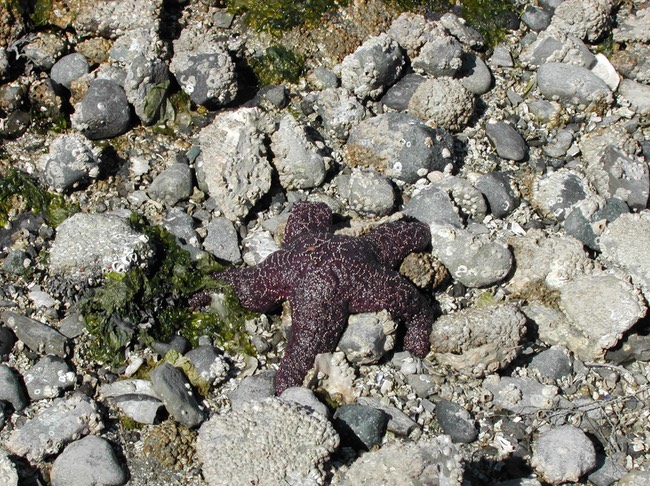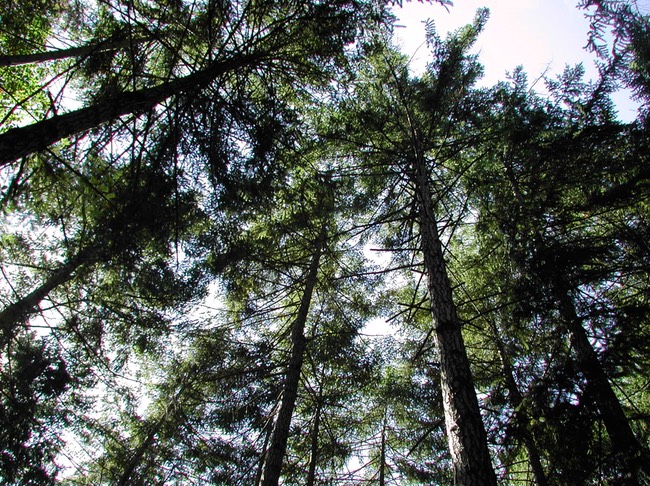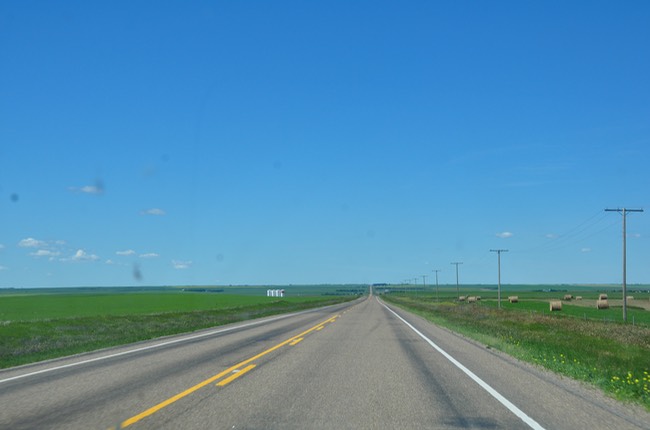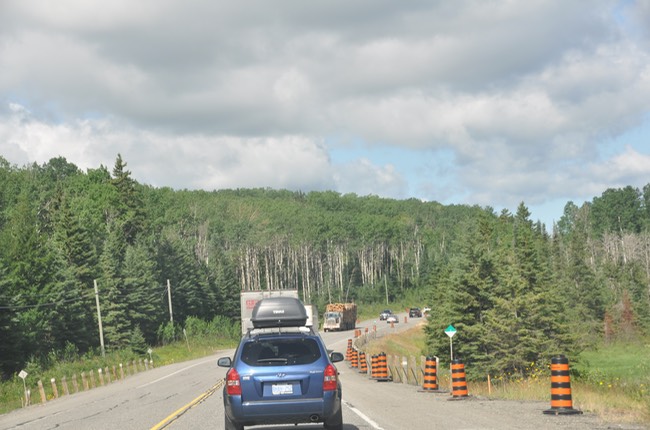Our Home and Native Land
From Sea Stars to Orchards: A journey through southwestern British Columbia
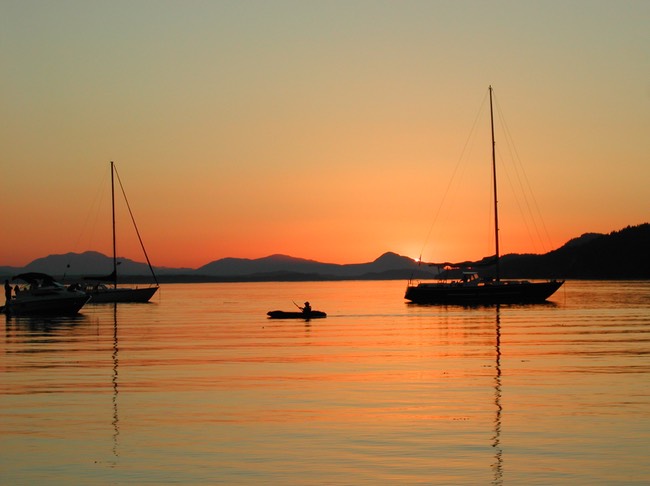
We set out from Galiano Island on the late afternoon ferry. We have spent three days there, hot midsummer days, during which relief from the baking heat was found walking through the trees, admiring the lazy sweep of the cedar branches and the twisting, peeling trunks of the red-brown arbutus, or by plunging into the salt chill of the ocean. Out in the harbour, the sailboats looked cool and inviting, but we knew that they, unshaded by any tree, were even hotter than our campsite; until dusk, when the cool air followed the fading of the orange and purple sunset.
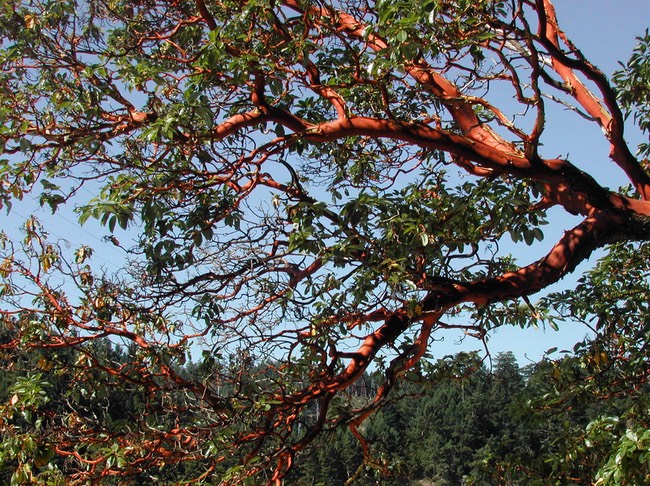
Galiano encompasses the essence of the west coast. On its beaches, long spits of sandstone emerge from the ebb tide, dotted with tide pools teeming with life, and shells crunch continually underfoot as we hunt for treasures. Expanses of wet sand spout jets of water as the clams burrow beneath. The dark purple sea stars, the red and orange crabs, the translucent jelly fish, the waving tentacles of the sea anemones, the green and brown of the seaweed, all decorate the shore. Above the beach, seagulls swoop and eagles soar, while behind us, the forest touches the shoreline, with the dusty green of the conifers interspersed by the exotic colours and shapes of the arbutus trees. The graceful herons hunt along the tide line, and seals and sea otters playfully explore the bay.
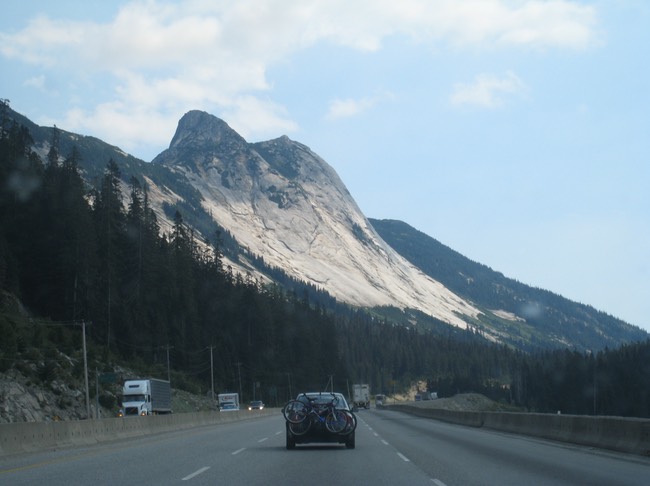
We leave this coastal paradise behind, and the ferry speeds us to the mainland, and the flat lowlands of the Fraser delta. Driving through the delta and along the Fraser Valley, we are surrounded by the sprawl of the city– subdivisions climbing up the mountainsides to the north, strip malls and big box stores along the highway. But gradually, the car dealerships give way to the renters of farm equipment, and the subdivisions to the farms themselves: blueberries, raspberries, and further east, long expanses of gently waving corn; cattle at pasture, occasional horses, and the modest houses and run-down barns of the small farming families. Around Chilliwack, the mountains, which have been rising higher to the north, begin to close in about us, and we are truly driving through them by the time we reach the town of Hope, at the confluence of the Fraser and Coquihalla Rivers.
These coastal mountains are green and dramatic, with well-defined peaks above the tree line, and the lush green forests surrounding us. There are many kinds of trees, both deciduous and coniferous, and the multiple shades of green make a rich, fertile impression. Long ago, the rivers cut the first path through these mountains, followed much later by the railway, and more recently the highway. As we drive, we watch the long freight trains snaking slowly along the water. Past Hope, as we take Highway 5 along the Coquihalla River, the mountains continue to dominate. The forests are dense and dramatic, with evergreens dominating as we continue east. We begin to see here and there the depredations of the mountain pine beetle, in the brilliant oranges and purples of dying trees.
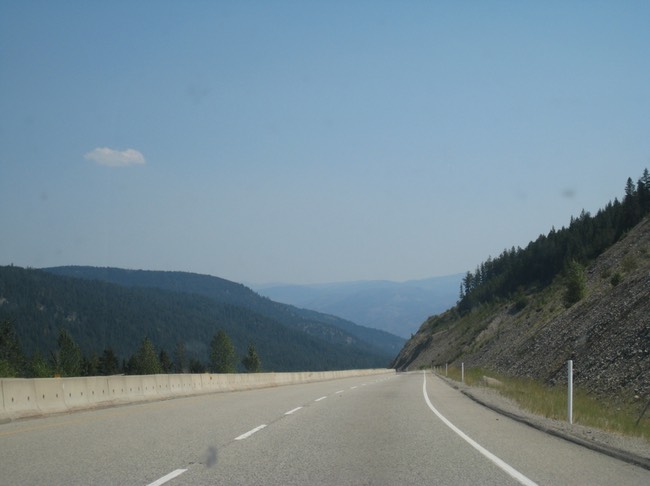
As we approach Merritt, the trees become thinner, finally disappearing in favour of dramatic rock faces and hills of bleached yellow grass. At Merritt, we leave Highway 5 for the Okanagan connector highway, 97c, where the mountains settle into a series of vistas that roll continually away into the distance, carpeted with dark green forest. The hues fade as the eye travels farther away, from deep green to dark blue, from dark grey to pale blue in the distance. There is a sense here of the limitless size of this western land, a feeling that beyond what the eye can see, the forests will continue on endlessly.
As we look along the road ahead, suddenly a space opens up that reveals an entirely different landscape. Just beyond the tree covered mountains is a mountainside that is not green, but brown and umber, almost golden in comparison to the forests through which we now pass. To us, this is a glimpse of a familiar world, and we know that we have almost reached the dry, desert-like terrain of the Okanagan Valley.
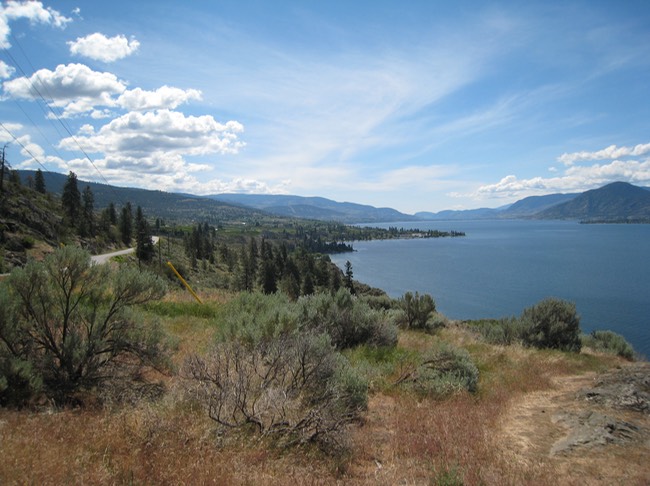
Emerging from the forest, high on the mountainside, a vista is revealed to us. The sparkling blue of Okanagan Lake, with the hills of rock, grass, and tumbleweed rising behind it. Sailboats and whitecaps dot the water far below us, and we sail down from the mountains to join Highway 97, which snakes along the edge of the lake all the way to Penticton.

We have moved into another world, a vacation paradise of water and sun, of tumbleweeds, grapevines, and fruit trees, of beaches and golf courses. It is hard to believe that this world exists side by side with the remote, unpopulated mountains, and is a mere four hours’ drive from the coastal rainforest and the tidal pools.
Photos: sea star on the beach, Galiano Island; a kayak passes between sailboats at Montague Harbour; Arbutus trees line the coast; towering Douglas firs on Galiano; mountains near Hope; Okanagan Connector; Okanagan Lake; Skaha Lake; vineyard above Okanagan Lake
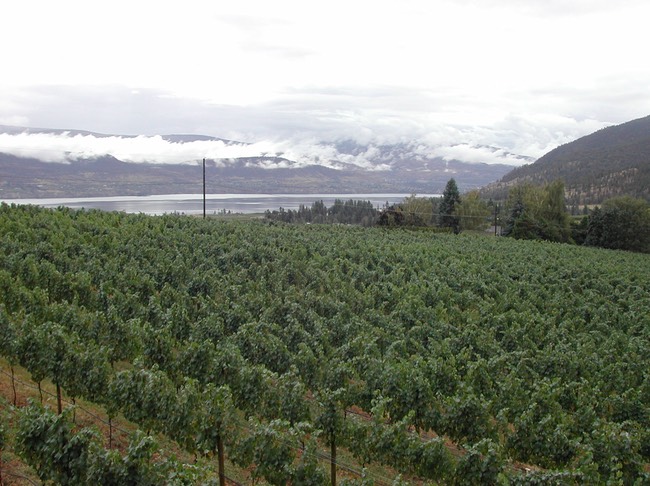
Trans-Canada Adventure
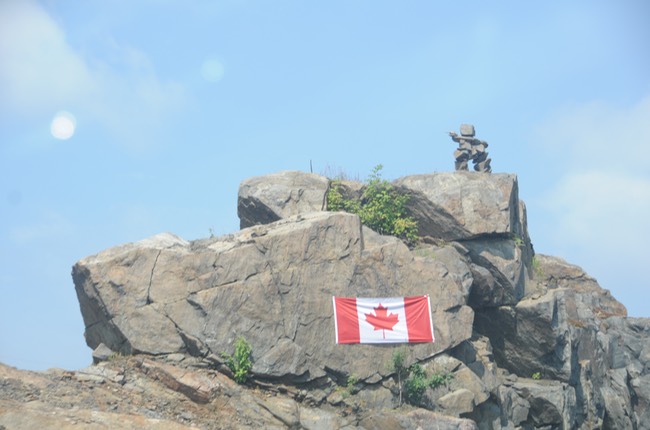
Born and raised on the west coast of Canada, I have lived my whole life on the periphery of a very large country. Last summer, my family made good on a long standing promise, and took a four-week drive from west to east and back again. During that trip, we arrived at a new appreciation of the scope and scale of our country. Our twelve-year-old son discovered the zen of being on the road, watching the miles slide by as we moved from one region to another. We came to better understand the culture and geography of the different parts of the country, and found beauty in all of them.
There were many surprises along the way.
We were fascinated by highway signage that told us the destination of the watersheds through which we were travelling, which shifted between the Pacific, Atlantic, and Arctic oceans. We learned that not far east of Winnipeg, Manitoba, we had reached the longitudinal centre of our country. We learned that what is called “northern Ontario” is not much further north than Vancouver, but culturally is a world apart. Road travel does not continue into the arctic the way it does in the west, and there is a sense of remoteness that begins much further south than one finds in British Columbia or the prairies.
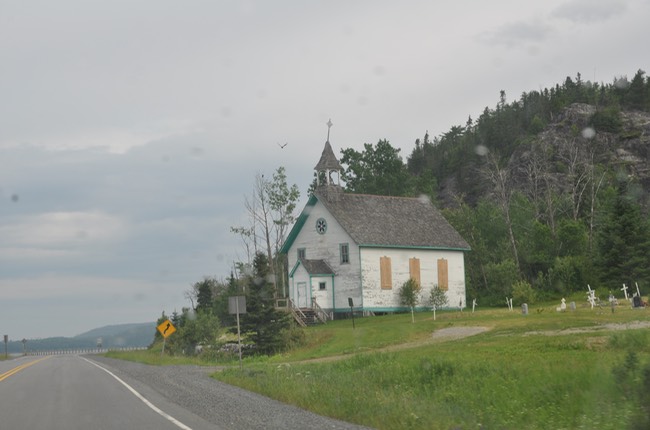
Another surprise was the extent to which Canada east of the prairies is bilingual. Not just Quebec, but northern Ontario and eastern Manitoba, all had bilingual signage; French accents regularly made an appearance in these areas. In Winnipeg, we found signs in three languages: English, French, and Cree.
I was completely unprepared for the wave of excitement that swept me as we drove into downtown Ottawa and saw Parliament Hill rising up before us. This iconic view, so familiar from newspaper photos and television broadcasts, thrilled me as I saw it for the first time. In Quebec City, we enjoyed the famous European charm of the historic quarter, and admired the view of the St. Lawrence River from the Plains of Abraham. Only a little further east, we were blown away by the sheer size of the river. It looked more like a massive lake, and this was before its waters flowed into the Gulf of St. Lawrence. It truly is one of the great rivers of the world.
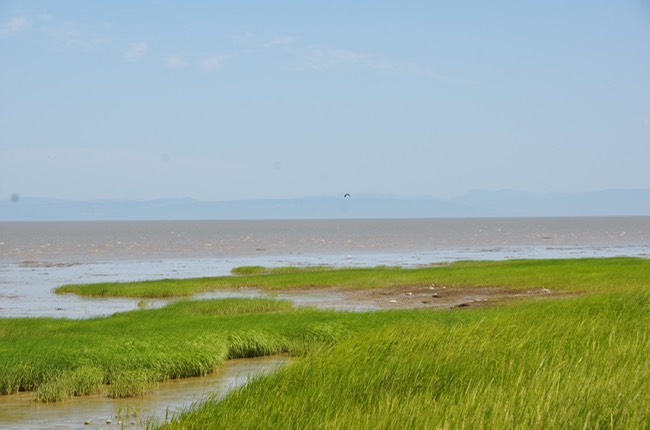
In the maritime provinces, we enjoyed coastal scenery that matched all our expectations for charming Atlantic fishing villages and rocky shorelines. We also discovered in New Brunswick a forest wilderness as lovely as anything we saw in Ontario or British Columbia. We were unsurprised by the world’s largest lobster sculpture in Shediac; we had not expected the French Fry Capital of the World in the small town of Florenceville-Bristol, birthplace of the McCain frozen food empire.
Mostly, we discovered that Canada’s size precludes almost any generalizations about the place and its people. It makes a mockery of all the conventional attempts to catalogue and categorize the different regions. I wish that all Canadians could make the trip that we made, and see for themselves the awesome variety of landscapes, towns and cities, and people that we encountered. It gives a whole new meaning to the phrase “We are Canadian”.
Photos: Patriotic display near Parry Sound, Ontario; Hwy. 11 north of Thunder Bay; Saint Lawrence River, northeast of Quebec City
Road Trip
Last summer, early in the morning of the first of July, we got into our Toyota Matrix and started driving east. We drove almost every day, with a few one-day stopovers, and continued all the way to Halifax, Nova Scotia. It was an amazing experience, both a lot of work and a wonderful, addictive adventure.

Occasionally since last summer, my son has said, plaintively, “I miss being on the road.” Once, while we were driving through the city, he said that if he could be anywhere, he would be in the car, in the middle of Saskatchewan, listening to the car stereo and looking out the window. He has spoken of the rhythm of our road trip, of getting up, having a bite of breakfast and then settling down in the back seat for the day’s journey. Listening to music, playing on the iPod, looking out the window, stopping for refreshment or photos. Every day we saw something new, some place worth remembering, whether it was an exciting city, a beautiful landscape, or some little store or church or highway sign that stayed in our minds long after we had passed it.
Maybe there will be a road trip this summer. It won’t be the Mother of All Road Trips, as we called our cross-Canada drive last summer, but perhaps it will be a long enough drive to take us out of our familiar territory in southwestern B.C.; long enough to cycle through a number of cd’s in the car stereo, allowing us to sing along with our son’s pop faves, and chill to classical or jazz when the day gets long. We will stop along the way in small towns and roadside restaurants, taking pictures and sharing family time as we go. We will talk to people that we meet, saying, “We’re from Vancouver,” and hearing in return, perhaps, “Oh, I was there once; it’s a beautiful city,” or “I’ve heard it’s great there; I’d love to go.” We will buy little souvenirs and eat local cheese, and see beautiful and interesting sights. We will live, experience, and grow.
Photos: the open road; quirky road names east of Thunder Bay; Ontario's dreaded tiger-stripe traffic cones
Canada 145 (What I Saw Last Year)
One year ago today, our family set out on the “Mother of all Road Trips”. We drove from Vancouver to Halifax and back again, and spent a month discovering our country. It was amazing. Canada is an incredible place, and we are so fortunate, for so many reasons, to live here. Happy Canada Day!
